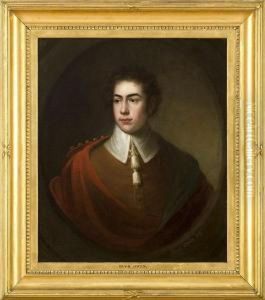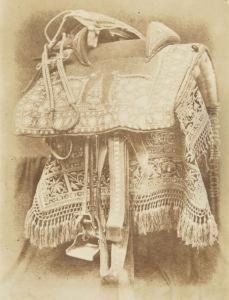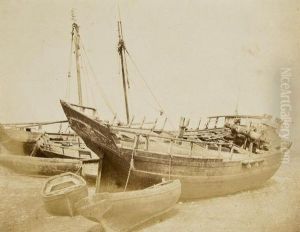Hugh Owen Paintings
Hugh Owen was a British photographer and not an artist in the traditional painting or sculptural disciplines. Born in 1808, he is known to have become one of the early practitioners of photography in the United Kingdom, particularly recognized for his calotype photography. His work is not as widely known as some of his contemporaries, like Henry Fox Talbot, who is often credited with the invention of the calotype process, but Owen still played a significant role in the development and spread of early photography.
Hugh Owen's work mainly consisted of creating calotypes, which was an early photographic process that produced a paper negative from which positive prints could be made. His photographs are characterized by their attention to detail and their ability to capture the nuances of light and shadow that were integral to the calotype process. There isn't a vast amount of information available about his personal life or the expanse of his artistic career, but his contributions lie in his application of the calotype technique during its formative years.
Owen is also noted for his participation in the photographic society community. He was a member of the Photographic Society of London, which later became the Royal Photographic Society, an organization that played a critical role in promoting photography as both an art form and a scientific practice.
The legacy of Hugh Owen and other early photographers like him is found in their experimentation and pioneering work in the medium of photography. While they may not have achieved the same level of fame as some of their peers, their efforts were instrumental in advancing photography and establishing it as a legitimate form of artistic expression. Hugh Owen passed away in 1897, leaving behind a body of work that contributes to the understanding of early photographic practices.


